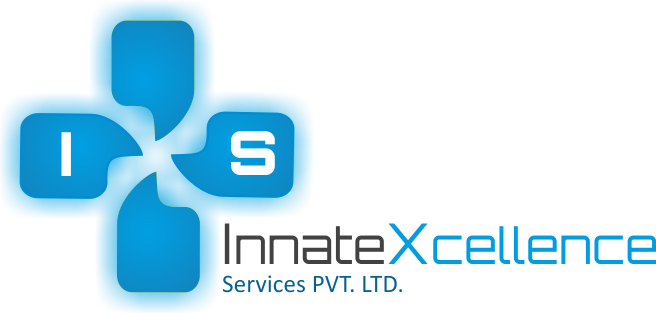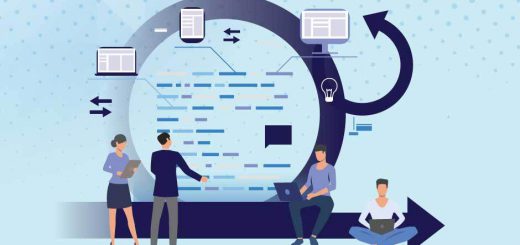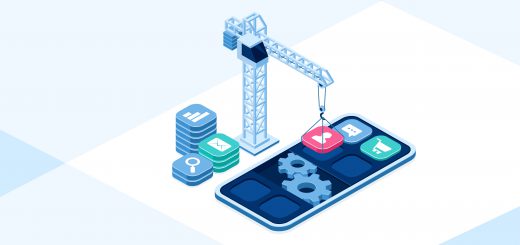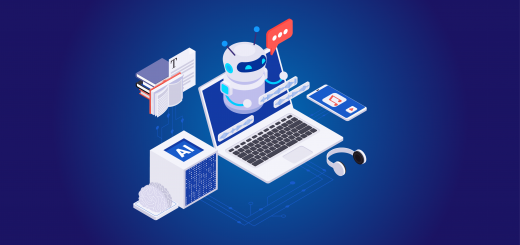Best Practices for Maintaining Legacy Software Applications
In software development, legacy applications are those that have been in use for a long time and are still essential to a business’s operations. These applications often have outdated technology and poor documentation and are challenging to maintain. However, they continue to provide significant value to the organization. Therefore, maintaining these applications is critical to ensuring the smooth functioning of the business.
Why is maintaining Software Legacy Applications a Challenge?
Legacy software applications are old and outdated software systems yet are still used by organizations for various reasons, such as cost-effectiveness, ease of use, and dependency on the Software. However, maintaining legacy software applications can be challenging for developers, especially since they were not designed to meet current technological requirements. This article will discuss some best practices for maintaining legacy software applications.
● Purpose of the Application
Before beginning to maintain a legacy application, it is essential to understand its purpose. This includes understanding the application’s functionality, the underlying technology, and the business processes it supports. This understanding is critical because it will help identify potential issues that may arise during maintenance such as compatibility issues or data loss.
● System Architecture
The first step in maintaining legacy software applications is understanding the system architecture. Developers should clearly understand the software’s code structure, dependencies, and how each component works. By understanding the system architecture, developers can better identify areas that need improvement and make necessary changes.
● Keep the Software up-to-date
Although legacy software applications are outdated, keeping them up-to-date with the latest security patches and bug fixes is essential. This mitigates potential security vulnerabilities and ensures the Software remains functional.
● Implement Automated Testing
Implementing automated testing can help developers identify potential bugs and errors before they occur. Automated testing tools can run tests on the Software repeatedly, ensuring it remains functional and any changes made do not impact its performance.
● Regular Backups
Keeping regular backups is one of the most important practices for maintaining legacy software applications. This helps ensure that the data can be easily restored if anything goes wrong during maintenance or if the application crashes. It is recommended to schedule backups daily, weekly, or monthly, depending on the application’s criticality and the frequency of data changes.
● Documenting the Code
Legacy applications are often poorly documented, making it difficult for developers to understand the code’s functionality. Therefore, it is essential to document the code thoroughly during maintenance. This includes comments, diagrams, and flowcharts. It will help developers understand the code’s purpose, making maintenance and troubleshooting more manageable.
● Testing and Debugging:
Testing and debugging are critical when maintaining legacy applications. It is essential to test the application thoroughly to identify any issues that may arise during maintenance. Debugging is also essential to fix any issues found during testing.
● Maintain Documentation
Maintaining documentation is crucial when dealing with legacy software applications. Developers should document every software change, including bug fixes, security patches, and updates. This ensures that developers can quickly identify issues that may arise in the future and know what changes were made to address the issue.
● Refactor Code
Refactoring code is essential when maintaining legacy software applications. Developers should identify areas of the code that need improvement and refactor them to improve the software’s overall performance. This can include simplifying the code, removing redundant code, and optimizing algorithms.
● Backup Data
Backing up data is essential when dealing with legacy software applications. Developers should regularly back up the Software and its data to ensure they can easily restore the Software in case of any failures.
● Continuously monitor the Software
Continuously monitoring the software can help developers identify potential issues before they occur. This can include monitoring the Software’s performance, security, and functionality. By continuously monitoring the Software, developers can identify potential issues and make necessary changes to prevent them from occurring.
● Training the Team
Maintaining legacy applications requires specific skills and knowledge. Therefore, training the team responsible for maintaining the application is essential. This includes providing training on the underlying technology, the business processes supported by the application, and any specific challenges associated with maintaining legacy software. It ensures that they have the necessary skills to maintain the application effectively.
Conclusion
Maintaining legacy software applications can be challenging, but with proper practices, developers can ensure that the Software remains functional and up-to-date. By understanding the system architecture, keeping the Software up-to-date, implementing automated testing, maintaining documentation, refactoring code, backing up data, and continuously monitoring the Software, developers can mitigate potential issues and ensure that the Software remains functional and secure.



